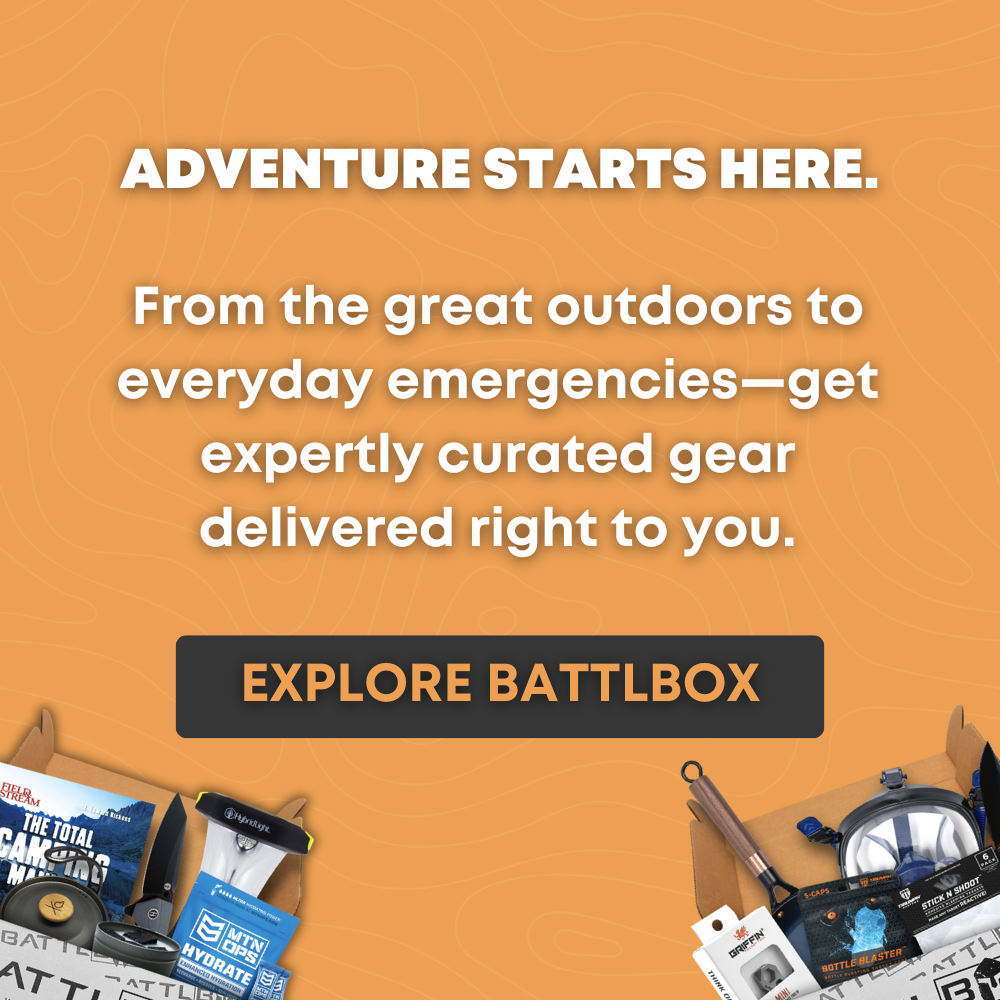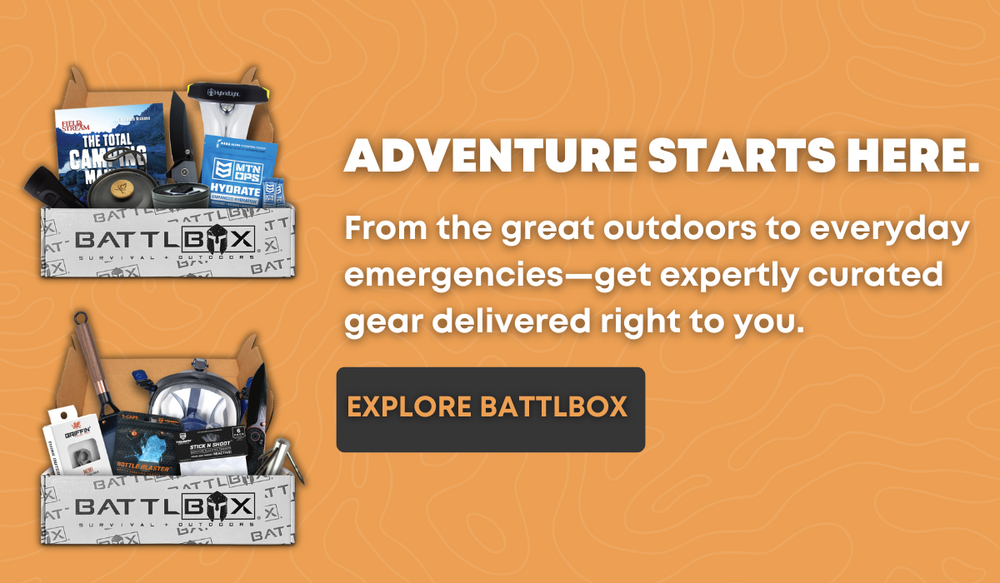Brandon Currin
Outdoor Skills You Can Teach Your Children
In November 2020, a 9-year-old kid from Tennessee survived for three days in the wilderness after getting lost. He didn’t have any food or water with him. Even more, he was without a jacket, socks, and shoes. However, he knew how to build a shelter. And, that was enough to keep him alive and well until the research party arrived. That is why teaching survival skills is so important.
This story sounds unbelievable at first. However, it teaches us an empirical truth: you are never too young to learn basic wilderness survival skills, and nor are your kids.
Many experts agree that children should grasp outdoor skills from an early age. This way, they gain a strong understanding of how to deal with emergencies calmly and efficiently for the rest of their lives.
Teaching your kids how to survive in the wilderness is more than a fun pastime for when you go camping. It is a way of increasing their confidence to survive on their own when you may not be around to help them.
You may show countless wilderness survival videos to your kids. However, even young children learn best by doing. So, you should take them camping and hiking where they can learn the following essential survival skills!
Parents face increasing challenges engaging kids in outdoor activities that are away from their technological norms. Learn how to get kids interested with this article which might even help to brush up on your technical & survival skillset.
1. How to Build a Shelter
The boy lost in the Tennessee wilderness had no gear to depend on for survival. However, he managed to find a lost tarp in the woods. Now, someone with very few or no survival skills would have passed right by without a single idea of how to use it. On the other hand, the little boy knew that the tarp would provide him with warmth and protection. So, he made a shelter out of it.
You can teach kids to be able to do the same. The next time you are out on a camping trip, bring along an extra tarp. Use it to build a short-term shelter by throwing it over the branches of a fallen tree or between two trees that intertwine their lower branches.
Secure the tarp on the ground with rocks. Show your children how this shelter will keep them warm and safe from critters at night. This way, they already gain one of the fundamental and basic survival skills for kids.
2. How to Find and Collect Water
Depending on the area where they are lost, humans can survive easily without water for at least three days. After that, their chances of staying alive drop considerably.
When out camping, you should educate your kids on how to find potable water. Show them how to collect rainwater by using any container on hand. Alternatively, they can place a rock in the center of a hung tarp to allow for rainwater to pool naturally.
Also, tell them of other ways to find water in the wilderness. One is to follow animal steps, which generally lead to freshwater sources. Another one is to travel downhill where there are more chances of discovering streams and rivers.
3. How to Start a Fire
Knowing how to build a fire is crucial to anyone's wilderness survival skills. Even in hot climates, nighttime can be cold enough to induce hypothermia and, subsequently, death. Also, fire can help cook food, purify water, and help rescuers find you from a great distance.

Show your children how to start a fire chrome scratch. Help them look for tinder and kindling, and show them how to use rotten wood as fuel for a long-lasting fire. Lastly, tell them the importance of airflow in prolonging the burning of a stack of wood.
4. How to Find Food
Hunger is one of your biggest enemies when you are lost in the wilderness. Firstly, it makes you lose focus and orientation. Secondly, it increases stress and fear, thus making you more vulnerable and less likely to survive.
Knowing how to find food in the wild is one of the most important wilderness survival skills to teach . You can start by showing them how to forage for berries and other wild fruit. Show them the difference between edible ones and those that are poisonous.
Most young children like to read about and discover the plants available in the areas where they travel. So, take a book with photos and descriptions and venture together into the wild. Help them identify and learn the plants, fruits, and bushes thoroughly.
Later, you can also teach them how to set up traps, catch small game, and how to cook it. This way, they will know how to hunt, forage, and stave off hunger for days in the wild.
5. How to Navigate in the Wild
So far, you kids should know how to acquire the four basic survival situations:
- Shelter
- Warmth
- Water
- Food
Now, it is time to instruct them how to navigate in the wild. If they are lost, staying warm, hydrated, and fed is not always enough. They should also know how to make their way back to civilization.
Take your kids on a camping trip into the wilderness. Show them how they cannot always rely on Google Maps to find their way around. So, ensure they know how to use a traditional compass and a map.

Photo by Juliane Liebermann on Unsplash
Orientation is crucial for finding your way out of the woods. Therefore, your children should also know how to read the terrain and use it to their advantage. Also, they should be able to tell the time from the angle of the sun and how to use the stars to navigate at night.
6. How to Stay Safe
Traveling into the woods poses multiple dangers. Firstly, there could be wild predators looking for an easy meal. Secondly, there may be ill-intended strangers or outlaws who could harm naive travelers.
For these reasons and many more, your kids should know how to protect themselves. You can teach older kids how to use knives or firearms. Also, you can show them self-defense tactics without weapons and how to stay alert around wild animals. Also emphasize fire safety.
7. How to Give First Aid
Knowing how to bandage a wound or heal an injury in the wild is crucial for a wilderness survival situation. So, teach your young kids how to use basic items from a first aid kit, such as bandages, alcohol pads, and tourniquets. Also, you can show them how to devise plasters from clothes when they don’t have a wilderness survival kit handy. Finally, show them how to apply first aid not only to themselves but to those in need as well.
There is no greater joy for a parent than seeing their children safe, confident, and self-sufficient. With these wilderness survival skills, your kids should learn how to handle a survival situation easily and become fearless and self-sustaining adults.
We've created a box just for kids, that's great to help them learn and get interested in the outdoors.
Share on:











